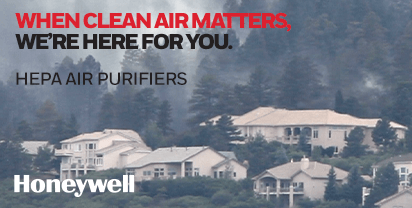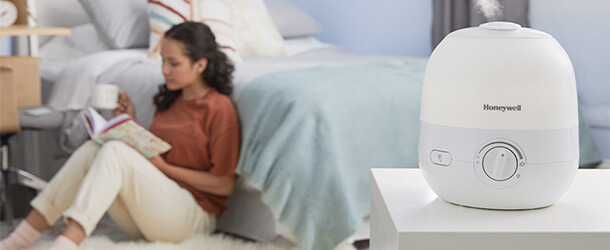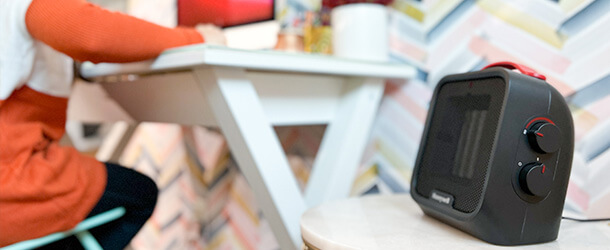Blog
How to Choose the Best Air Cleaner Understanding Key Specifications and Features
As air pollution levels continue to rise globally, the demand for effective air cleaners has surged, becoming a critical aspect of maintaining indoor air quality. According to a recent report by Grand View Research, the global air purifier market is expected to reach USD 19.73 billion by 2025, with a compound annual growth rate (CAGR) of 10.0%. This growth is largely driven by increasing awareness of health issues linked to air quality, such as respiratory diseases and allergies, prompting consumers to invest in advanced air cleaning technologies.
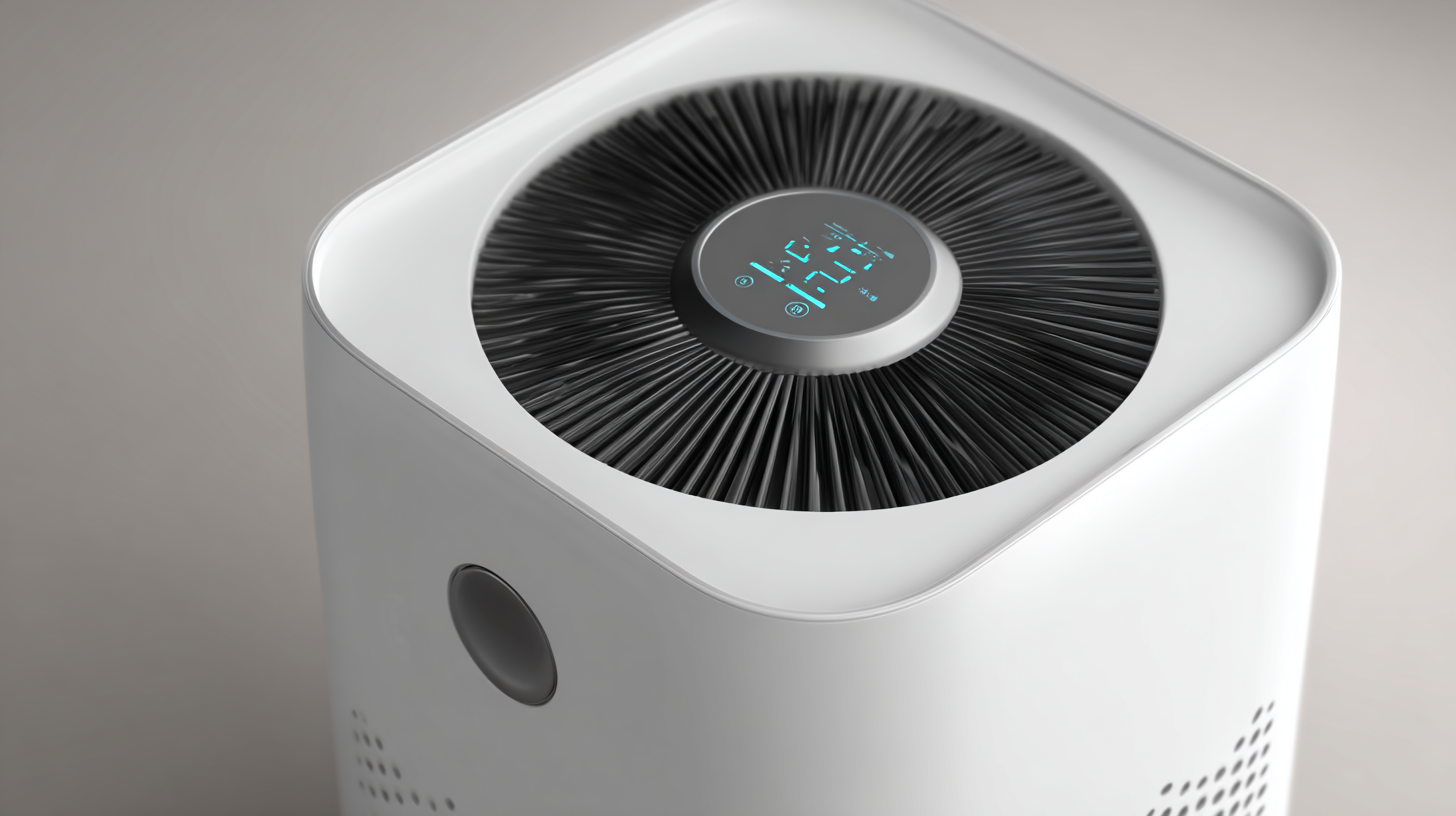
In this context, understanding the key specifications and features of air cleaners is essential for consumers looking to make informed purchasing decisions. Evaluating factors like filtration efficiency, noise levels, and energy consumption can provide insight into which models will deliver the best performance and value. In this blog, we will explore how to navigate these crucial aspects to select the ideal air cleaner for your needs.
Factors to Consider When Selecting an Air Cleaner for Your Home
When selecting an air cleaner for your home, there are several key factors to consider to ensure you make the best choice for your environment. First and foremost, assess the size of the space you need to purify. Air cleaners come with different coverage areas, so it’s essential to choose one that is appropriately sized for your specific room dimensions. An undersized unit may not effectively filter the air, while an oversized one could unnecessarily waste energy and resources.
Another critical aspect to consider is the type of filtration system. HEPA filters are renowned for capturing a high percentage of airborne particles, including dust, pollen, and pet dander, making them ideal for allergy sufferers. Additionally, look for features like activated carbon filters, which help eliminate odors and volatile organic compounds (VOCs). It's also wise to evaluate the noise levels of the cleaner, especially if you plan to use it in bedrooms or living areas. Finally, don’t overlook the maintenance aspects, such as filter replacement frequency and the availability of replacement parts, as these can impact the long-term usability and efficiency of your air cleaner.
Air Cleaner Features Comparison
This bar chart compares key specifications of air cleaners to help you choose the best one for your home. The dimensions include CADR (clean air delivery rate), filter types, noise levels, energy consumption, and coverage area, which are essential factors to consider when selecting an air cleaner.
Understanding Different Types of Air Cleaners and Their Unique Benefits
When it comes to choosing an air cleaner, understanding the different types available can significantly impact your decision. One common type is the HEPA air purifier, widely praised for its ability to capture small particles such as dust, pollen, and pet dander. This makes HEPA filters ideal for individuals with allergies or respiratory issues, providing cleaner air and reducing symptoms. Additionally, some HEPA units come equipped with activated carbon filters to tackle odors from cooking, pets, or smoke, making them a multifunctional choice for households.
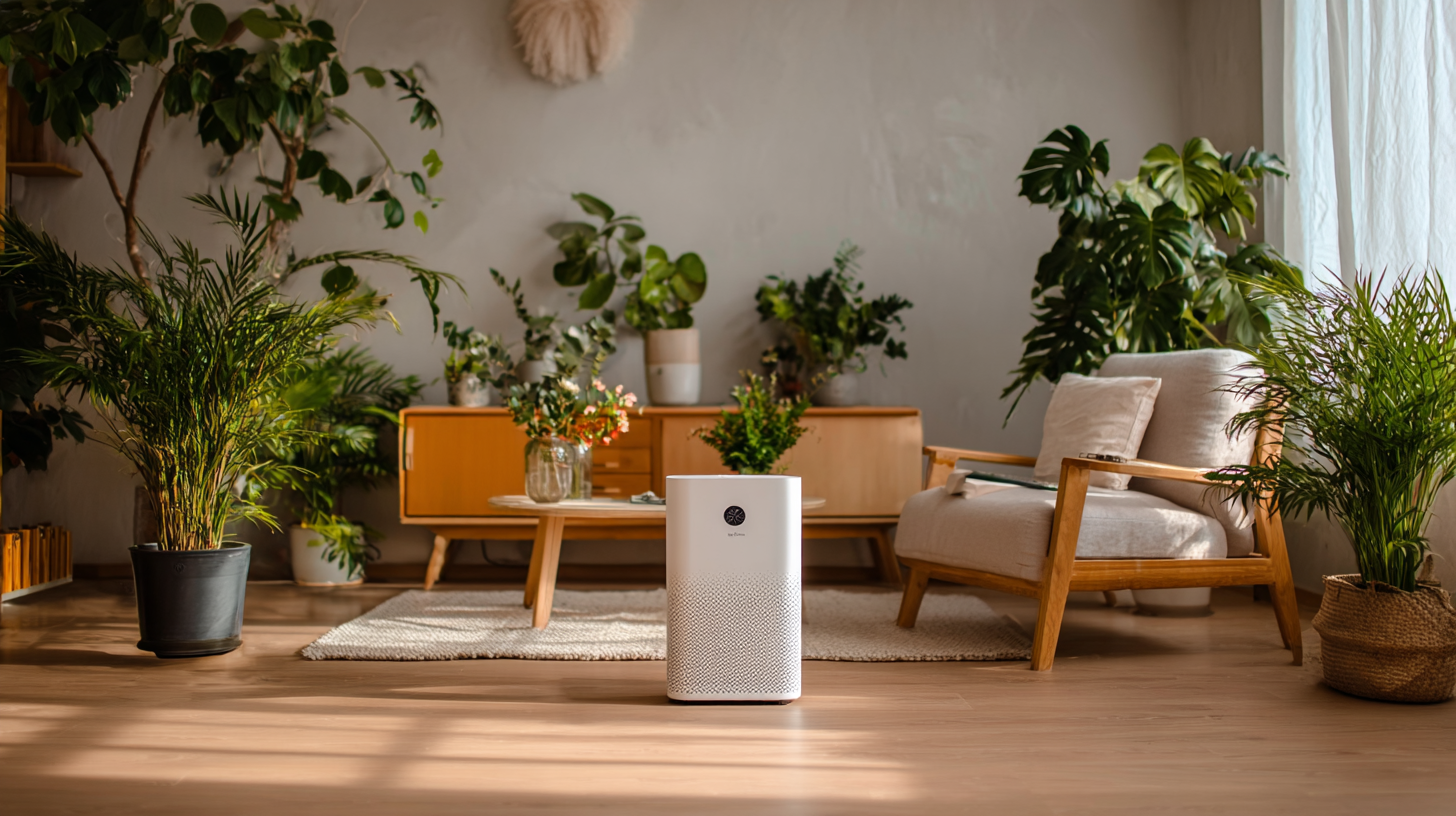
Another type of air cleaner is the UV air purifier, which utilizes ultraviolet light to kill airborne pathogens like bacteria and viruses. This feature is particularly beneficial for families with young children or elderly members, as it adds an extra layer of protection against illness. On the other hand, ionizers are gaining popularity for their ability to bind dust particles, causing them to clump together and fall out of the air. However, they may produce ozone as a byproduct, which can be a concern for some users. By exploring these varying types and their unique benefits, individuals can make a more informed choice that best meets their health needs and lifestyle.
Key Specifications to Look for in a Quality Air Cleaner
When selecting the best air cleaner for your home, understanding key specifications is crucial. First and foremost, consider the Clean Air Delivery Rate (CADR), which measures the efficiency of the air cleaner in removing specific pollutants. A higher CADR indicates better performance, particularly for smoke, dust, and pollen. For optimal air quality, look for units with CADR ratings that closely match the size of the room where you plan to use the air cleaner.
Another important specification is the type of filter used in the air cleaner. HEPA filters are highly recommended, as they can trap 99.97% of particles as small as 0.3 microns, including allergens and fine dust. Some models also come equipped with activated carbon filters, which can eliminate odors and volatile organic compounds (VOCs). Additionally, checking the noise level—measured in decibels—can help you choose a model that won't disrupt your daily activities. By paying attention to these specifications, you can ensure that you select an air cleaner that effectively meets your needs and enhances the quality of your indoor environment.
How to Choose the Best Air Cleaner: Understanding Key Specifications and Features
| Specification | Description | Importance |
|---|---|---|
| CADR (Clean Air Delivery Rate) | Measures the volume of filtered air delivered by the air cleaner, expressed in cubic feet per minute (CFM). | Higher CADR means faster and more effective purification. |
| Filter Type | HEPA filters capture 99.97% of particles 0.3 microns and larger, while activated carbon filters aid in odor removal. | Choosing the right filter type ensures comprehensive air cleaning. |
| Noise Level | Measured in decibels (dB), this indicates how loud the air cleaner operates at different settings. | Lower noise levels are crucial for peaceful environments, especially at night. |
| Room Size Capacity | Indicates the maximum area (in square feet) the air cleaner is effective in. | Ensures the unit is suitable for the intended space. |
| Energy Efficiency | Measured in watts, shows how much energy the air cleaner consumes. | Energy-efficient models reduce electricity bills and environmental impact. |
| Smart Features | Wi-Fi connectivity, air quality sensors, and mobile app controls are examples. | Enhance usability and allow monitoring of air quality remotely. |
| Filter Replacement Indicator | Alerts when it's time to replace the filter for optimal performance. | Helps maintain effective air purification without guesswork. |
Exploring Advanced Features: What Adds Value to Your Air Cleaner?
When choosing an air cleaner, understanding advanced features is essential to ensure you select a model that adds real value to your indoor air quality. One of the hallmark features to consider is the Clean Air Delivery Rate (CADR), which measures the effectiveness of an air cleaner in delivering clean air. According to a report from the Asthma and Allergy Foundation of America, air purifiers with a CADR of at least 300 deliver up to 99% of particulate pollutants. Many modern units also incorporate HEPA filters, which can capture particles as small as 0.3 microns with an efficiency of 99.97%, making them crucial for allergy suffers.
In addition to CADR and HEPA filtration, features like smart technology integration can significantly enhance the user experience. For instance, models equipped with Wi-Fi connectivity allow users to monitor air quality in real time through mobile apps. A study by MarketsandMarkets indicates that the smart air purifier market is expected to grow by 9.7% between 2021 and 2026, driven by consumer demand for convenience and increased awareness of air quality. Other advanced features such as UV-C light and activated carbon filters for odor removal can also dramatically improve air cleanliness, making your air cleaner not just a purchase but an invaluable investment in health and wellness.
Comparing Top Manufacturers: Who Offers the Best Solutions for Your Needs?
When it comes to selecting an air cleaner, understanding the competitive landscape of top manufacturers is crucial for making an informed choice. Recent industry reports indicate that the air purification market is projected to grow at a CAGR of 10.5% from 2021 to 2028, highlighting an increased demand for effective air cleaning solutions. Notable leaders in this sector include brands like Dyson, Honeywell, and Blueair, each offering distinct features that cater to various consumer needs.
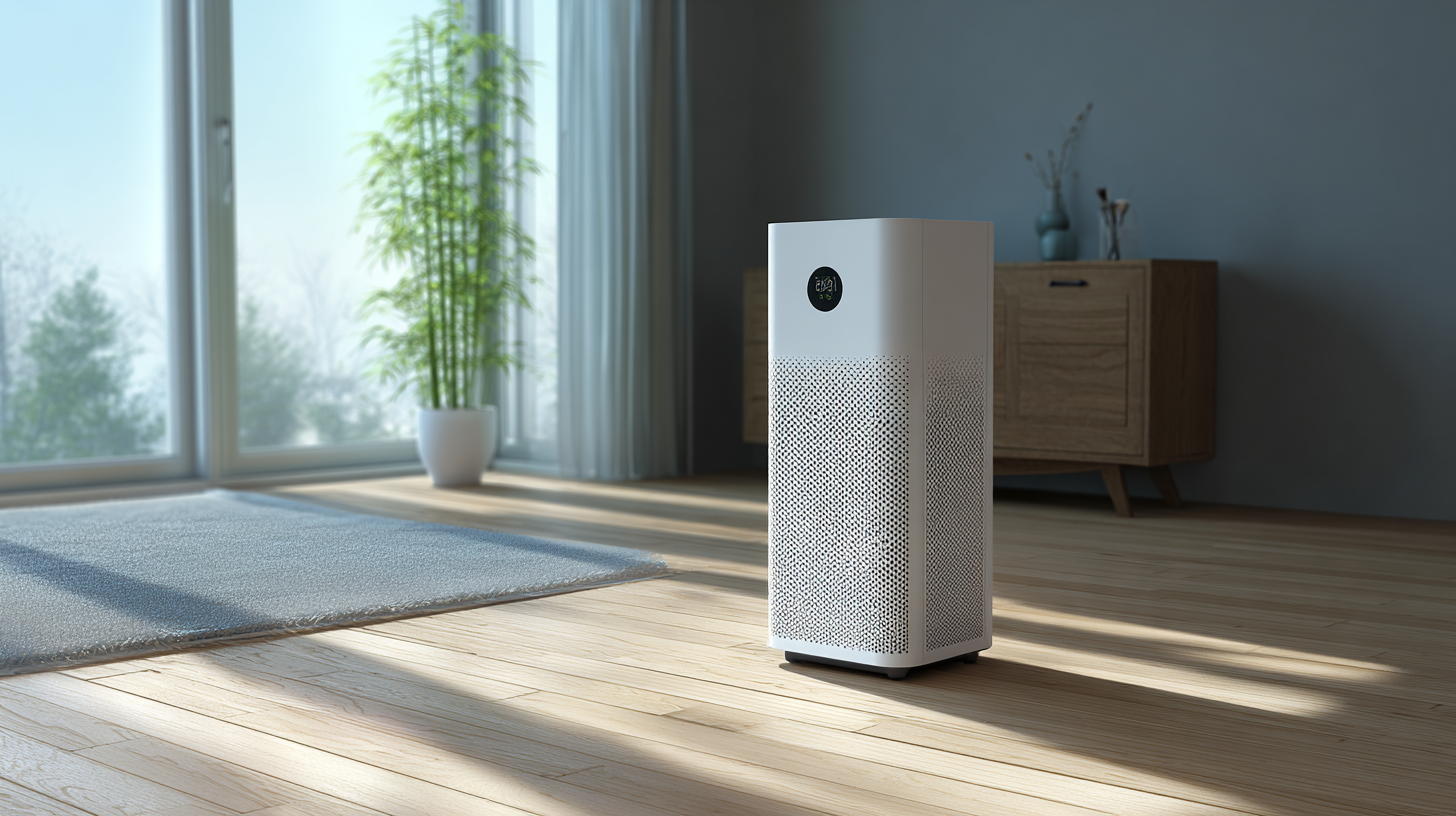
One critical factor to consider is the Clean Air Delivery Rate (CADR), which measures an air cleaner's efficiency in removing common pollutants. For instance, Honeywell's HPA300 boasts a CADR rating of 300 for tobacco smoke, effectively making it one of the top choices for those dealing with allergens and particles. Additionally, Blueair's Sense+ incorporates advanced HEPASilent technology, providing a quieter operation with high filtration efficiency, aiming to attract customers seeking both performance and tranquility.
Tip: Always check the specifications for the true HEPA filter standard, as this ensures you're investing in a product that can capture at least 99.97% of particles that are 0.3 microns in size.
When comparing options, consider the maintenance costs and filter lifespan as well. Some models offer 6-month filter replacements, while others may require more frequent changes, impacting long-term expenses. A thorough investigation of these factors can significantly enhance your purchasing decision.




